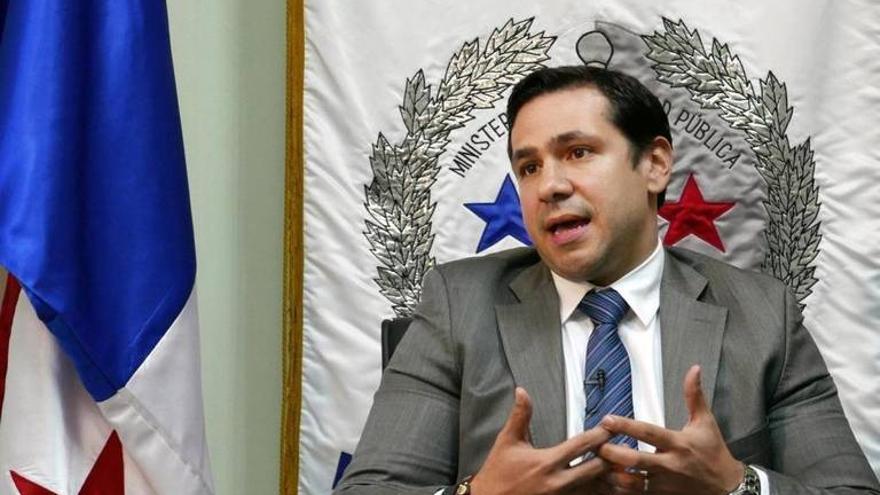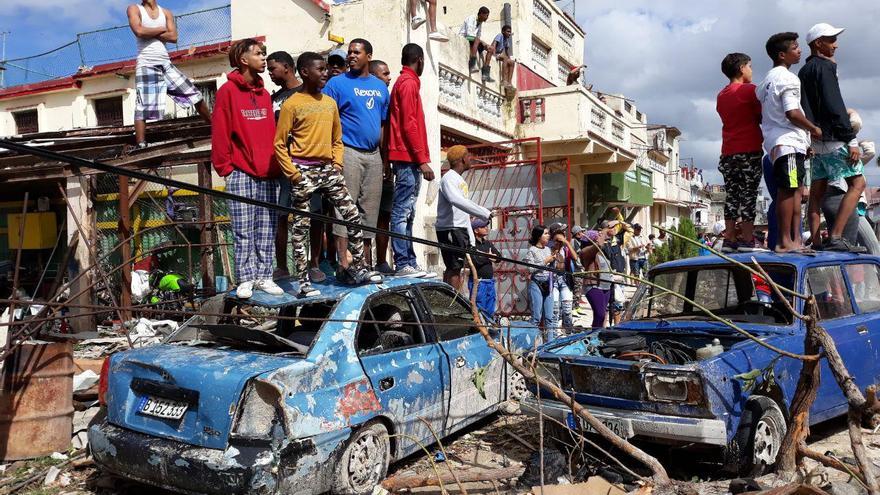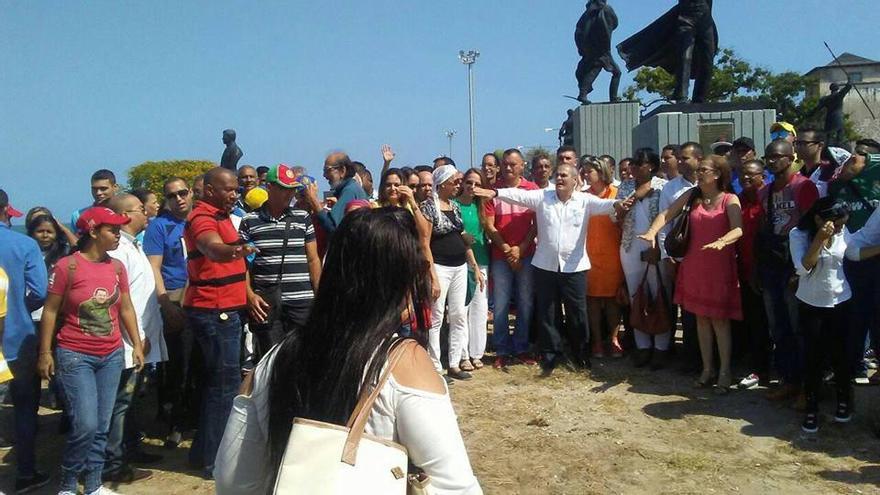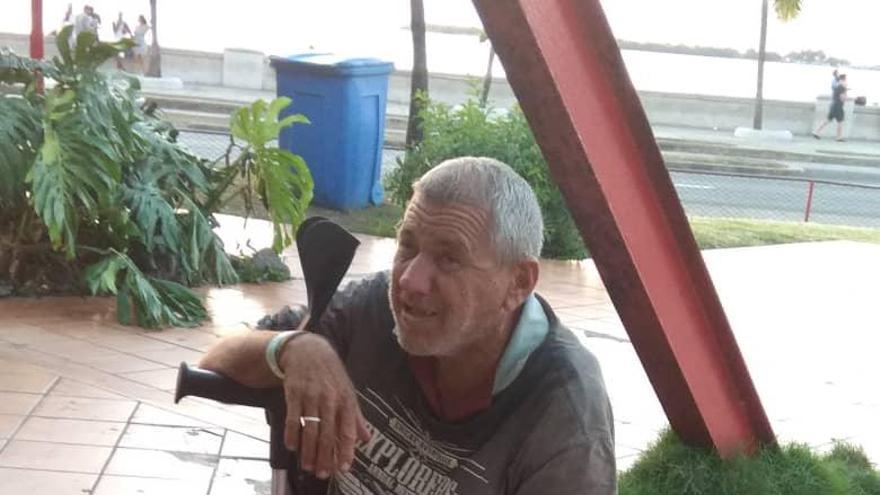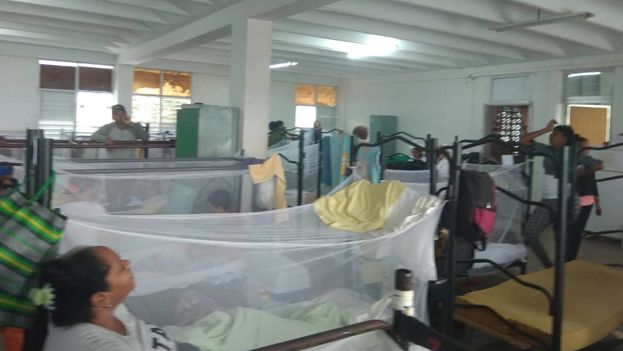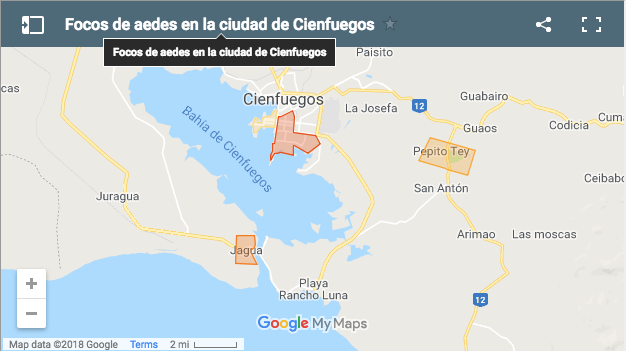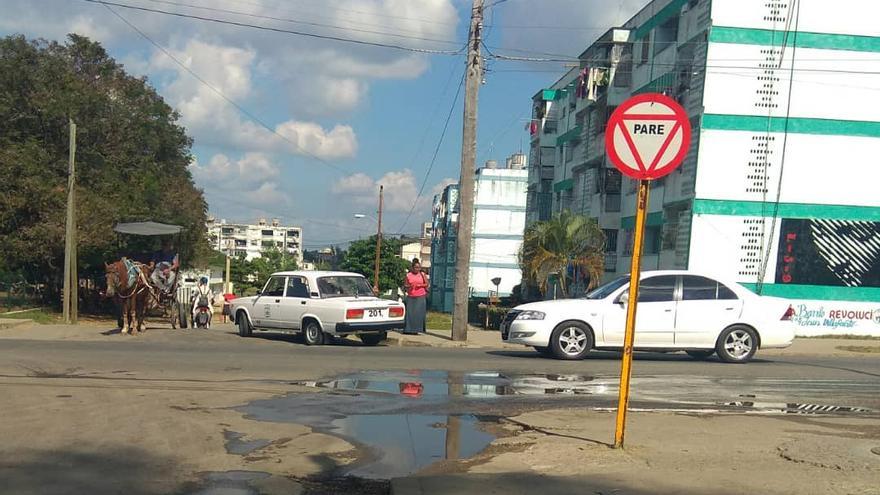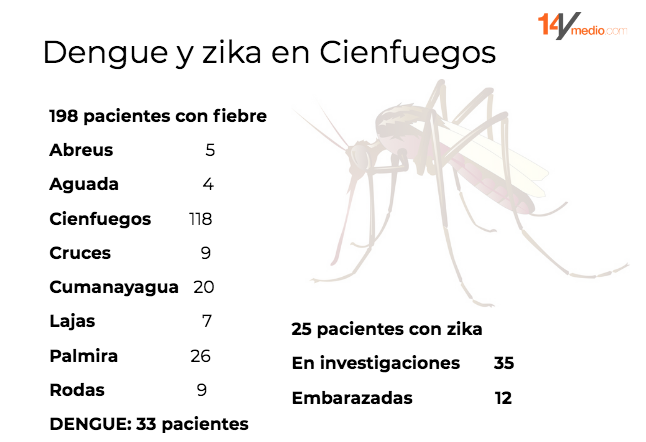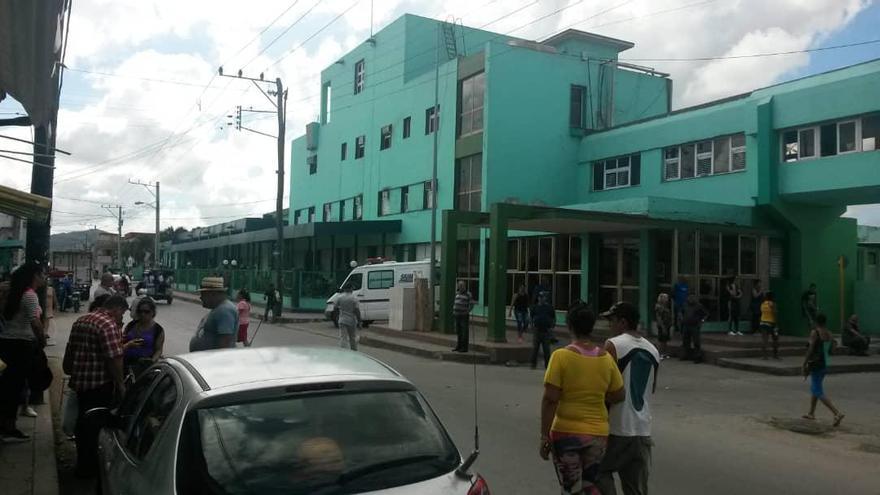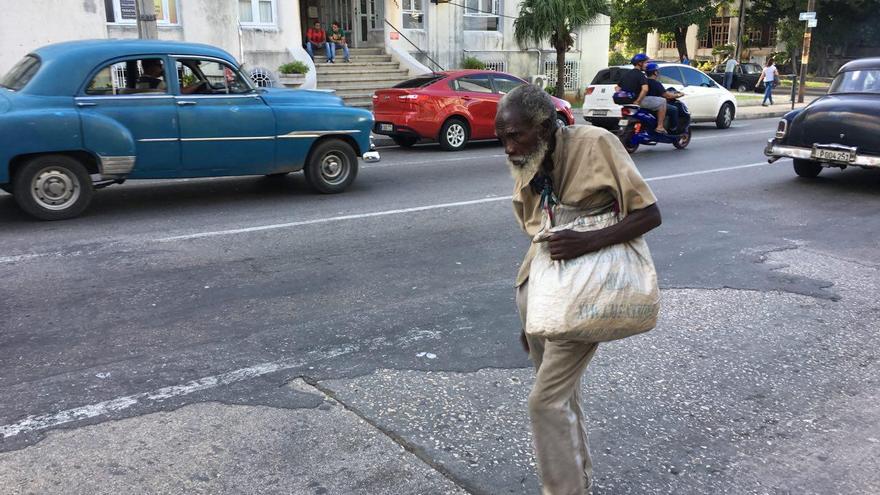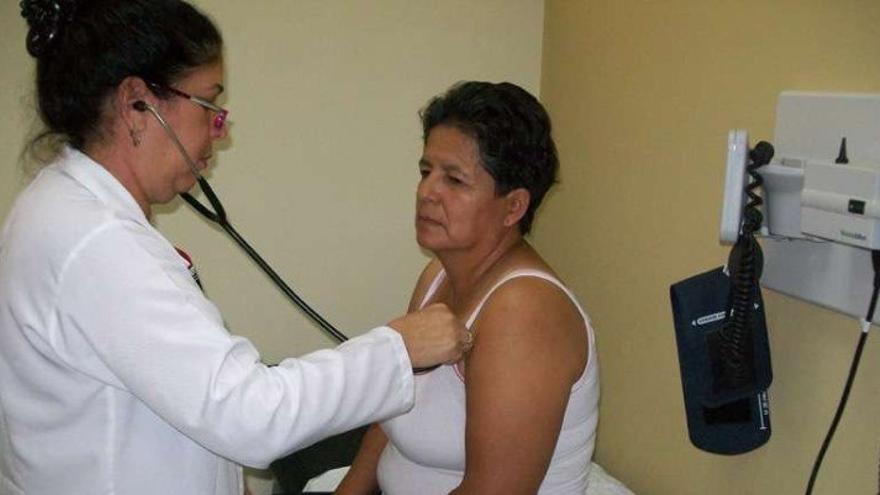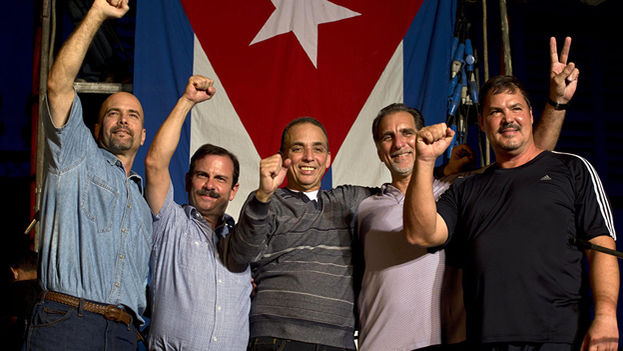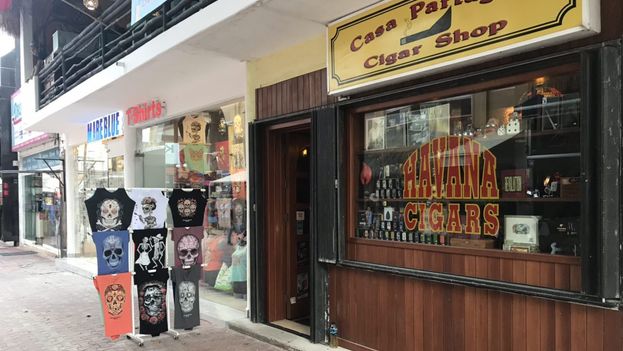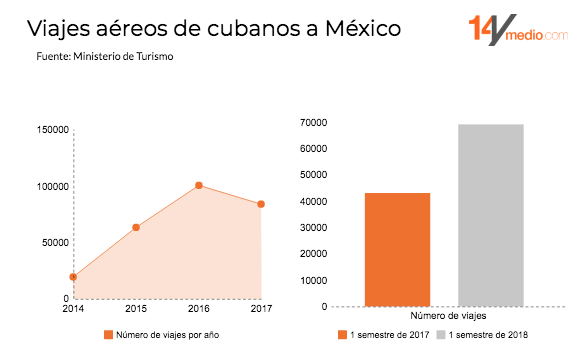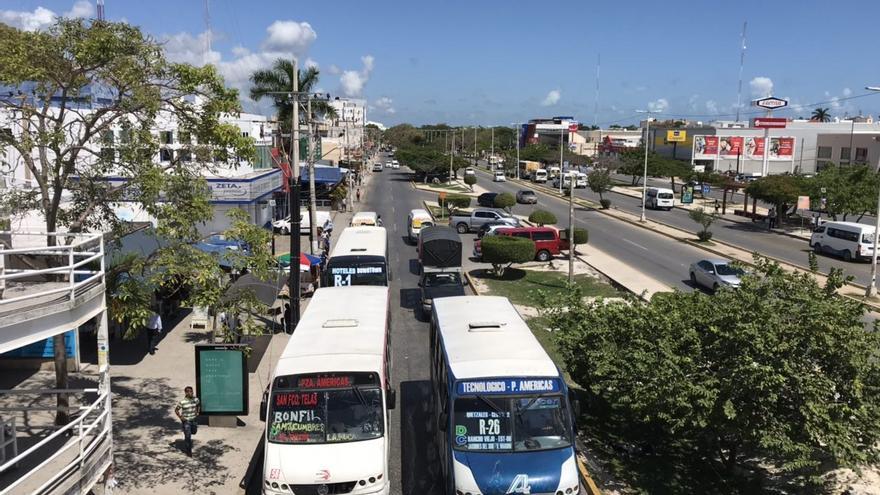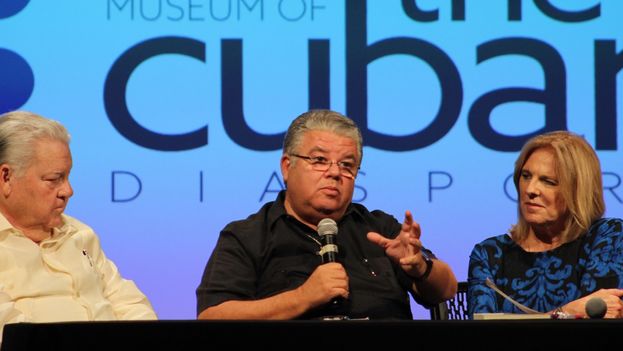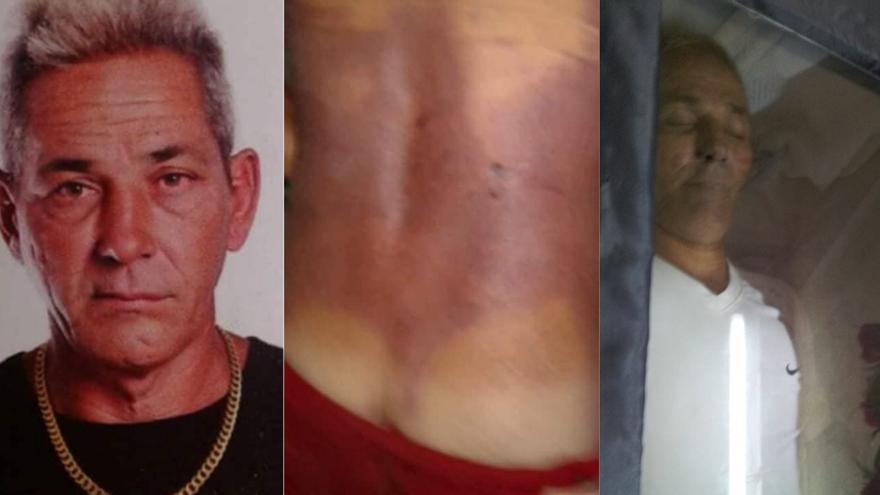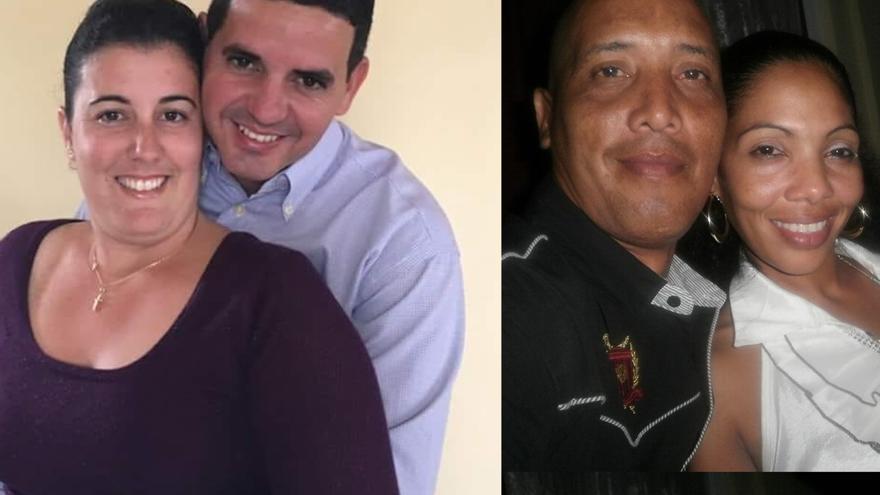
![]() 14ymedio, Mario J. Penton, Miami, 13 April 2019 — The 10 elders from the community of Mandera, in northeastern Kenya, who left for Somalia to negotiate the release of two Cuban doctors kidnapped on Friday morning revealed that the doctors are alive in the neighboring country.
14ymedio, Mario J. Penton, Miami, 13 April 2019 — The 10 elders from the community of Mandera, in northeastern Kenya, who left for Somalia to negotiate the release of two Cuban doctors kidnapped on Friday morning revealed that the doctors are alive in the neighboring country.
The Kenyan authorities made the decision to evacuate the Cuban doctors who were in the counties of Garissa and Wajir. Wajir’s governor, Abdi Mahamid, said they were ordered to evacuate the two Cuban doctors to Nairobi following a national security warning, Kenyan media reported on-line.
Cuban doctors Landy Rodríguez Hernández and Assel Herrera Correa were escorted to their work at the Hospital de Mandera when their transport was ambushed by two Toyota Probox cars. The attackers killed one of the bodyguards, while the other fled, and they kidnapped the health professionals. continue reading
Kenya had difficulties sending national doctors due to the dangerousness of the area, where there are frequent attacks by Al Shabaab to pressure the Kenyan government to withdraw its troops from Somalia. In January, the terrorist group organized a major attack on a hotel complex in Nairobi in which 26 people died.
This has been the second kidnapping of foreigners in five months by the extremist group Al Shabab. Last November, the Italian aid worker Silvia Costanza Romano, 23, was kidnapped by armed men in the town of Chakama, near the tourist town of Malindi (east). To date, her whereabouts are unknown despite army searches.
The Government of Kenya has deployed its elite troops to search for Cubans, so far with no results. The governor of Mandera, Ali Roba, condemned the attack and asked the elders to initiate talks with their counterparts in Bulahawa and to ensure that the doctors are returned to Kenya, reported The Star.
“We call on the security agencies to do whatever is necessary to save the lives of our Cuban doctors and to bring them back from captivity. I sent my condolences to the family of the deceased officer,” he said.
Landy Rodríguez Hernández and Assel Herrera Correa are part of the contingent of 100 doctors Cuba sent to Kenya in June last year amid heavy protests from medical unions in that country.
According to the digital site Mwakilishi, Kenya pays 4,000 per month for each doctor, a higher figure than paid to their local counterparts. Generally, the Cuban government keeps 75% of the doctors’ salary. The export of health services is the main source of income of the Island, according to official figures, with an annual income of close to 10 billion dollars.
The Ministry of Public Health said in a brief official note published on Friday afternoon that it was keeping in touch with the Kenyan authorities and had created a “governmental working group” to follow up on this “sensitive issue.”
National Assembly Deputy Mariela Castro Espín, daughter of former president Raul Castro, said on Twitter that the kidnapping of doctors was “another hoax of imperialism.”
“The Islamic State responds to them, but they got into a swamp by kidnapping the Cuban doctors,” said Castro, a leader of the government’s National Center for Sex Education.
Assel Herrera Correa is a native of Puerto Padre, in the province of Las Tunas. He graduated as Integral General Practitioner he has participated in “missions” of the Cuban Government in Botswana, Brazil and Venezuela. In Cuba, he has a 17-year-old daughter, Sheyla Herrera, who attacked officials of the Ministry of Public Health in an interview with Radio and TV Martí.
“I do not know anything yet, we do not know anything,” she said, adding that no Public Health official has informed the family about her father’s condition, or what measures will be taken to return him home safely.
Landy Rodríguez Hernández is a surgeon by profession, born in Placetas, province of Villa Clara, in the center of the country. In Cuba he worked in the General Hospital of Remedios. According to the information on his social networks, he is married and has a five-year-old daughter.
______________________________
The 14ymedio team is committed to serious journalism that reflects the reality of deep Cuba. Thank you for joining us on this long road. We invite you to continue supporting us, but this time by becoming a member of 14ymedio. Together we can continue to transform journalism in Cuba.

